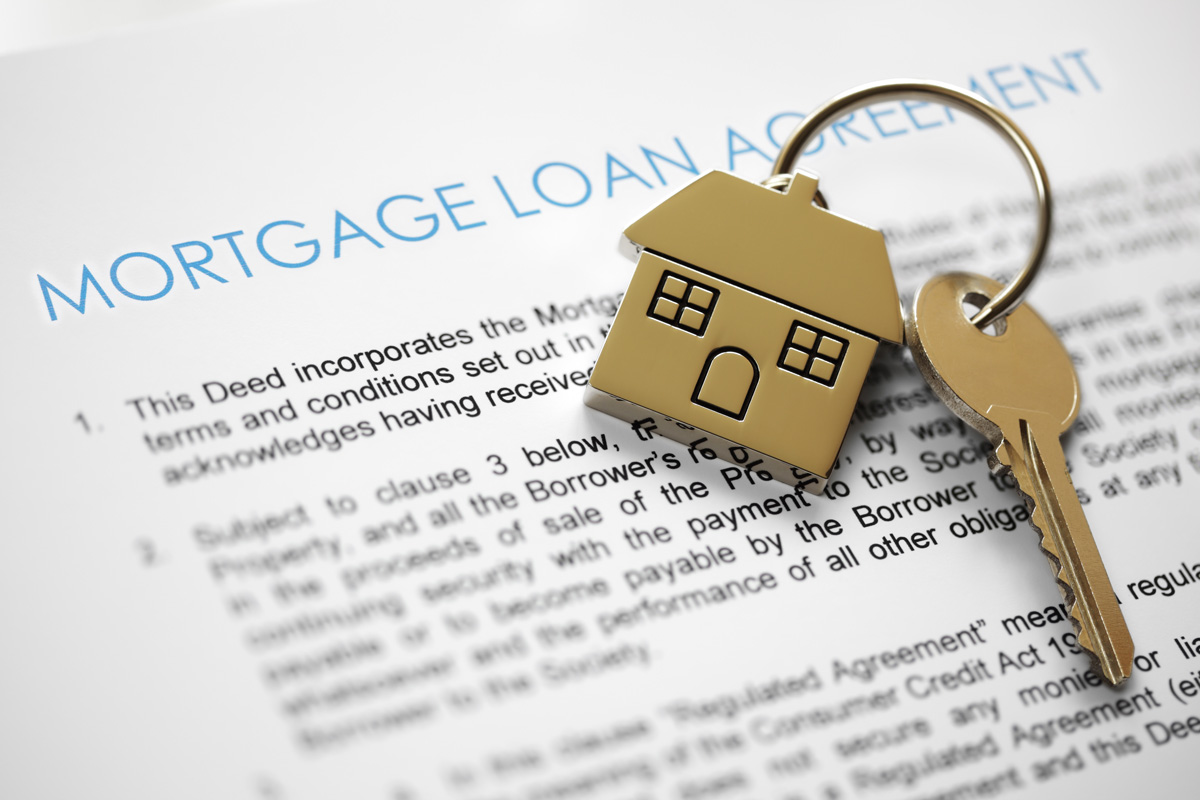Step-by-Step Procedure to Make An Application For Conventional Mortgage Loans
Step-by-Step Procedure to Make An Application For Conventional Mortgage Loans
Blog Article
The Important Aspects to Consider When Deciding On In Between Fixed-Rate and Adjustable-Rate Home Loan Financings
When evaluating mortgage alternatives, debtors deal with a critical decision in between adjustable-rate and fixed-rate finances, each providing possible pitfalls and distinct benefits. Key considerations such as passion price stability, predictability in month-to-month settlements, and the effects of prospective rate changes can substantially affect lasting monetary health.
Rate Of Interest Security
When choosing a home mortgage, understanding rate of interest rate security is critical for informed decision-making. Rate of interest rates can dramatically influence the overall cost of a home loan, and acknowledging the nature of these prices is vital for debtors.
On the various other hand, variable-rate mortgages (ARMs) start with reduced first rates that might transform periodically based upon market conditions. While this can result in lower payments at first, it likewise presents unpredictability, as borrowers may face enhanced payments if rate of interest rise. For those thinking about an ARM, it is crucial to examine the chance of price adjustments, the possibility for settlement rises, and the size of the first fixed-rate duration.
Inevitably, the selection in between adjustable-rate and fixed-rate mortgages pivots on specific threat resistance and economic circumstances. Comprehending rate of interest rate stability helps borrowers make notified choices that line up with their long-lasting economic objectives.
Monthly Settlement Predictability
While debtors typically focus on rate of interest security, the predictability of monthly payments is equally important in the mortgage option procedure (Conventional mortgage loans). Regular monthly payment predictability plays a vital role in budgeting and economic planning, as it straight influences a homeowner's cash flow and overall economic wellness
Fixed-rate home loans offer a consistent monthly settlement throughout the life of the car loan, enabling borrowers to prepare for and intend their expenditures effectively. This stability can be specifically useful for first-time property buyers or those on a fixed revenue, as it eliminates the unpredictability connected with changing payments.
On the other hand, variable-rate mortgages (ARMs) normally feature reduced first repayments that can alter over time, causing possible variability in regular monthly commitments. While initially attractive, this changability can make complex financial planning, particularly if consumers do not account for future rate changes.
Possible Price Adjustments
In the realm of adjustable-rate home loans (ARMs), prospective price adjustments stand for a significant element that debtors have to thoroughly take into consideration. Unlike fixed-rate home mortgages, where the rates of interest stays unmodified for the life of the car loan, ARMs are defined by changing passion rates that are tied to market indices. This irregularity can lead to substantial changes in regular monthly settlements, impacting the debtor's monetary preparation and budgeting.
Debtors must be aware of the margin and index used to compute these modifications, as they directly affect future rate of interest rates. In addition, ARMs usually consist of caps that limit exactly how a lot the interest rate can enhance at each adjustment and over the life of the loan, which can supply some degree of protection versus extreme rate walkings.
Understanding these potential adjustments is critical for borrowers, as they straight impact long-term settlement responsibilities. Therefore, analyzing personal monetary scenarios and run the risk of resistance is necessary when deciding whether an ARM straightens with one's monetary objectives.
Financing Term Considerations
Financing term considerations play a critical duty in the decision-making process for debtors picking between adjustable-rate and fixed-rate home loans. The length of the financing term substantially influences monthly payments, rates of interest, and total financial planning. Fixed-rate mortgages normally supply terms of 15 to 30 years, offering stability in regular monthly repayments and predictability in budgeting. This can be specifically appealing for consumers that intend to remain in the very same home long-term and choose the certainty of fixed payments throughout the life of the car loan.

Eventually, borrowers need to assess their individual situations, monetary goals, and market conditions when considering the ramifications of lending term options within each home loan type.

Total Expense of Borrowing
The total expense of borrowing is a crucial aspect that can dramatically influence a consumer's option in between fixed-rate and adjustable-rate home mortgages. Fixed-rate home loans supply predictable month-to-month repayments, as the rate of interest continues to be constant throughout the financing term. This predictability can cause lower general prices, especially in a steady or decreasing rate of Recommended Site interest setting. Customers can spending plan effectively, recognizing their payments will certainly not fluctuate.
On the other hand, adjustable-rate home mortgages (ARMs) generally begin with reduced initial rates, leading to lowered upfront expenses. Nevertheless, these prices can enhance after an initial duration, resulting in possibly higher long-term expenses. Customers need to think about the frequency and degree of rate changes, as well as the general lending period, to accurately examine the economic implications.
Moreover, the total price of loaning includes not only rate of interest but likewise charges and other linked expenses, such as closing expenses and insurance policy (Conventional mortgage loans). When evaluating home mortgage choices, borrowers need to carry out a comprehensive price analysis over the life of the loan. By doing so, they can make an enlightened decision that straightens with their monetary objectives and take the chance of tolerance
Verdict
To conclude, selecting in between fixed-rate and adjustable-rate home mortgage financings requires careful factor to consider of several important factors. Passion rate security and monthly settlement predictability are critical for reliable budgeting, while Resources the capacity for rate adjustments in ARMs presents economic unpredictability. In addition, the anticipated period of homeownership and the total cost of loaning, including interest rates and associated fees, need to align with specific monetary circumstances and run the risk of resistance. Such a detailed evaluation will certainly help with educated decision-making in home mortgage option.
Secret considerations such as rate of interest rate security, predictability in monthly payments, and the ramifications of potential price modifications can dramatically influence lasting economic wellness. Passion prices can dramatically influence the general expense of a home loan, and acknowledging the nature of these rates is necessary for borrowers. Unlike fixed-rate mortgages, where the interest price continues to be unmodified for the life of the lending, ARMs are characterized by rising and fall interest prices that are tied to market indices. In addition, ARMs typically include caps that limit how a lot the passion rate can raise at each modification and over the life of the car loan, which can supply some degree of defense versus extreme price walkings.
Interest price stability and monthly settlement predictability are extremely important for efficient budgeting, while the potential for price modifications in ARMs presents monetary uncertainty.
Report this page